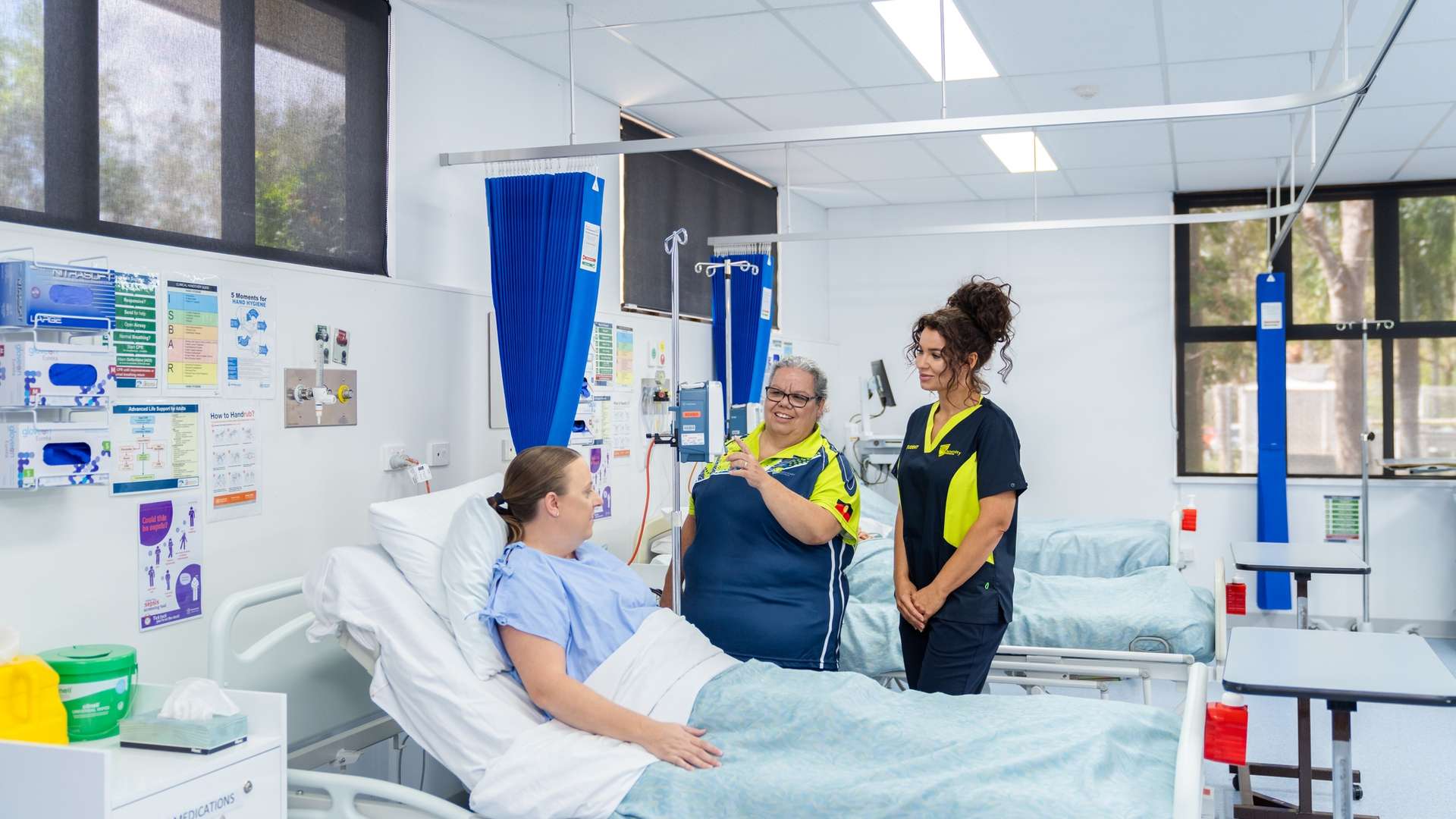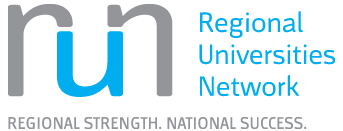Research in the School of Nursing, Midwifery and Social Sciences

In 2024, we also entered the QS World Rankings for Nursing, placing in the 151–200 band globally, affirming the high quality, impact, and global relevance of our research.
SNMSS is actively rebuilding and expanding its research capacity, driven by a focused strategic plan and supported by committed research leadership. We are fostering a dynamic research culture through targeted development initiatives, grant support, and strong engagement with industry, government, and community.
SNMSS Research Vision
To build research capacity within the SNMSS and to support the generation of innovative research that contributes to the quality and safety of healthcare, systems, consumers and staff.
SNMSS Research Purpose
The knowledge from our research will be translated to inform teaching and learning, as well as health service policies and clinical practice.
Research Focus Areas
Our research is structured around four discipline areas, each aligned with our school’s educational offerings:
- Nursing
- Midwifery
- Social Work
- Human Society (including QCDFVR)
Each discipline is led by a Research Discipline Lead who works closely with the Deputy Dean (Research), the Dean, and senior university leaders to ensure that research activity aligns with our Fields of Education (FoEs) and contributes meaningfully to the community and to the university’s research performance goals.
Research Clusters
Our interdisciplinary research is organised into three key clusters that cut across discipline boundaries:
- Quality and Safety in Healthcare (Lead: Dr Danielle Le Lagadec)
Focused on reducing preventable harm and enhancing system-wide patient care through innovation, quality improvement, and applied multidisciplinary research. - Safe Communities (Lead: Dr Liane McDermott)
Emphasising trauma-informed and whole-of-life research to improve safety and wellbeing across the lifespan, with particular leadership from the Queensland Centre for Domestic and Family Violence Research (QCDFVR). - Psychosocial Wellbeing (Lead: Dr Katrina Lane-Krebs)
Exploring the cultural, social, technological, and political determinants of wellbeing for individuals, families, and communities—especially those experiencing marginalisation or disadvantage.
Research Leadership and Strategy
The school’s research strategy is led by Professor Tracy Flenady, Deputy Dean (Research), supported by a vibrant leadership team including the Postgraduate Research Coordinator, Dr Amy-Louise Byrne, Research Discipline Leads, and Cluster Leads. Together, they:
- Operationalise the University’s strategic research plan
- Support research excellence and impact
- Build collaborative capacity across and beyond SNMSS
- Provide mentorship and peer review
- Increase success in securing competitive research grants
The SNMSS also publishes an annual “Welcome to Research in SNMSS” guide, which introduces academic staff, researchers, and students to the school’s priorities, support systems, and research pathways.
Research Excellence and Impact
Our research is applied, collaborative, and community-connected. Major initiatives include:
- The Research Ready Grant Program, supporting clinician-led research across regional Queensland, with over 500 participants and 49 projects.
- The Nurse and Midwife Navigator Project, which has significantly reduced hospital utilisation costs and improved patient outcomes.
- Disaster resilience research that informs real-time strategies for government and community recovery, recognised with state and national awards.
- National collaborations through QCDFVR, addressing domestic and family violence with impact on policy and practice.
We are proud to support internationally recognised researchers and emerging talent. Our efforts are contributing to stronger healthcare systems, safer communities, and improved equity and wellbeing outcomes, especially for regional, rural, and First Nations populations.
